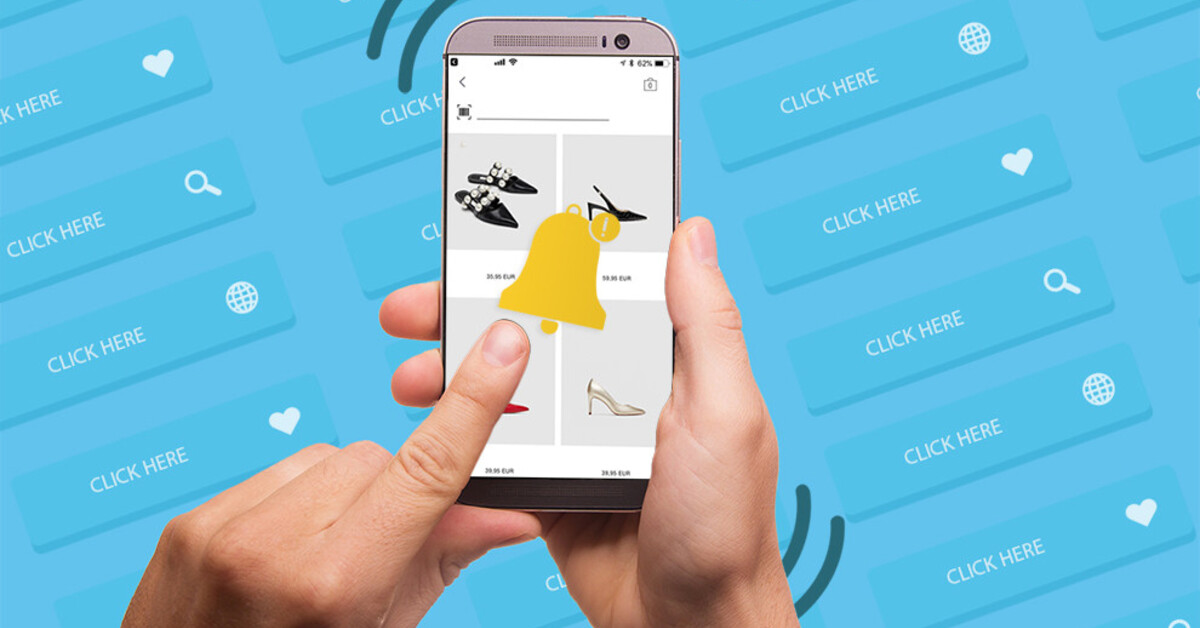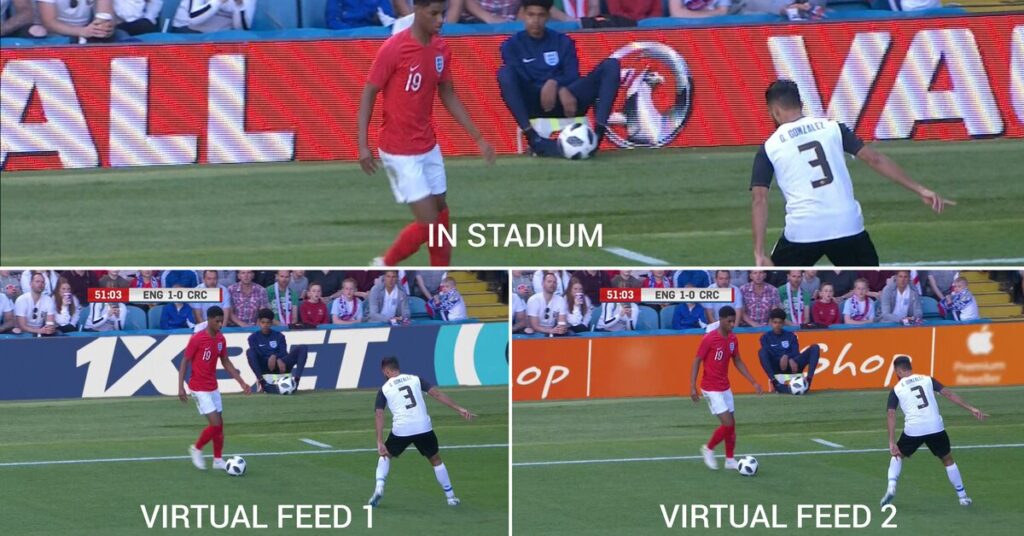In the digital age, brands are constantly seeking innovative ways to connect with their audience. One such emerging trend is Haptic Branding, a discipline that focuses on the use of tactile sensations to influence purchasing decisions. From the texture of a product’s packaging to the sensation of a virtual touchpoint, haptic branding offers a unique and powerful way to engage consumers on a deeper level. Let’s delve into the concept of Haptic Branding, its significance, and how it’s shaping the future of marketing.

What is Haptic Branding?
Haptic Branding is a subset of sensory branding that utilizes the sense of touch to convey a brand’s message. It involves creating a physical touchpoint that consumers can interact with, thereby creating a more immersive and memorable brand experience. This can be achieved through various means such as textures, hardness, weight, and even vibrations.
Applications of Haptic Branding
1. Product Packaging: The texture and feel of packaging can significantly impact consumers’ perception of a product. Brands can use distinctive materials or coatings to create a haptic experience that aligns with their brand identity and conveys a sense of luxury or durability.
2. Digital Interactions: Haptic feedback integrated into touchscreen devices can provide tactile responses, enhancing the user experience and making interactions more immersive. For example, a subtle vibration when pressing buttons on a smartphone can simulate the feeling of physical engagement, further reinforcing brand engagement.
3. Retail Environments: Physical stores can leverage haptic elements to create a rich and sensory shopping experience. Integrating tactile surfaces, interactive displays, or even scents to enhance haptic sensations can leave a lasting impression on shoppers, encouraging longer browsing times and increased brand loyalty.
4. Virtual Reality (VR) and Augmented Reality (AR): Haptic technology can greatly enhance VR and AR experiences by providing users with tactile feedback. From the sensation of touching a virtual object to feeling vibrations, haptic feedback adds a new dimension to virtual interactions, making them more engaging and immersive.
The Power of Touch in Marketing
The sense of touch, while powerfully evocative, works best in conjunction with other senses, especially vision. Research has long established the strong link between visual and tactile identification of objects, known as visuo-haptic integration. This means that when introducing any type of haptic technology, establishing the link between the haptic cue and a visual cue is crucial.
Interestingly, interfaces that include haptic feedback engender a greater sense of urgency in the user, making them feel more connected to and in control of the interactions they have. This can significantly enhance the user experience and foster a deeper emotional connection with the brand.
Haptic Branding in Action
A prime example of Haptic Branding in action is Visa’s exploration of haptic signatures within user interfaces. Visa utilized haptic technology to transmit information to users, thereby creating a unique and pervasive emotional connection.
Another example is the concept of haptic logos, which are digitally distributed to consumers. These logos, created by varying frequency, waveform, and temporal properties, result in distinct vibration patterns. This innovative approach allows brands to establish a strong connection with their digital consumers, taking branding to a whole new level.

Successful Examples of Haptic Branding
1. Coca-Cola‘s Share a Coke Campaign: By personalizing their packaging with consumers’ names and encouraging them to physically share their Coke bottles, Coca-Cola created a haptic experience that fostered a sense of connection and emotional attachment to the brand.
2. Audi‘s Concert Hall Experience: Audi used haptic technology to create an interactive experience at their dealership. Visitors could feel the vibrations and intensity of sounds associated with different Audi car models, immersing them in an audio-visual haptic brand experience that reinforced the brand’s commitment to innovation and performance.

3. Lush Cosmetics: Lush is known for its experiential retail environments that engage multiple senses, including touch. Customers are encouraged to touch, feel, and experience their products in-store, thanks to hands-on demonstrations and the availability of testers. This haptic engagement creates a lasting memory and emotional connection with the brand.
The Future of Haptic Branding
With the rapid advancement in technology, the possibilities for Haptic Branding are endless. As more devices incorporate high-quality vibrotactile haptics, brands will have more creative options to engage their audience. Moreover, the digitization of haptic branding can result in a stronger impact and help retain a brand’s message.
The Big Picture
Haptic Branding presents an exciting opportunity for brands to create a more interactive and immersive experience for their consumers. By leveraging the power of touch, brands can establish a stronger emotional connection with their audience, thereby enhancing their brand identity and recognition. As technology continues to advance, the future of haptic branding holds even greater potential for immersive brand engagement that goes beyond traditional sensory experiences.
Also Read: Brands Experiment with Gaming, Test-and-Learn Approach



